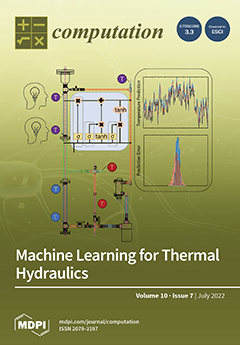Snake graphs are connected planar graphs consisting of a finite sequence of adjacent tiles (squares)
. In this case, for
, two consecutive tiles
and
share exactly one edge, either the edge at the east (west) of
(
) or the edge at the north (south) of
(
). Finding the number of
perfect matchings associated with a given snake graph is one of the most remarkable problems regarding these graphs. It is worth noting that such a number of perfect matchings allows a bijection between the set of snake graphs and the positive
continued fractions. Furthermore, perfect matchings of snake graphs have also been used to find closed formulas for cluster variables of some cluster algebras and solutions of the Markov equation, which is a well-known Diophantine equation. Recent results prove that snake graphs give rise to some
string modules over some path algebras, connecting snake graph research with the theory of representation of algebras. This paper uses this interaction to define
Brauer configuration algebras induced by schemes associated with some multisets called polygons. Such schemes are named Brauer configurations. In this work, polygons are given by some
admissible words, which, after appropriate transformations, permit us to define sets of binary trees called
groves. Admissible words generate
codes whose
energy values are given by snake graphs. Such energy values can be estimated by using
Catalan numbers. We include in this paper Python routines to compute admissible words (i.e., codewords), energy values of the generated codes, Catalan numbers and dimensions of the obtained Brauer configuration algebras.
Full article





